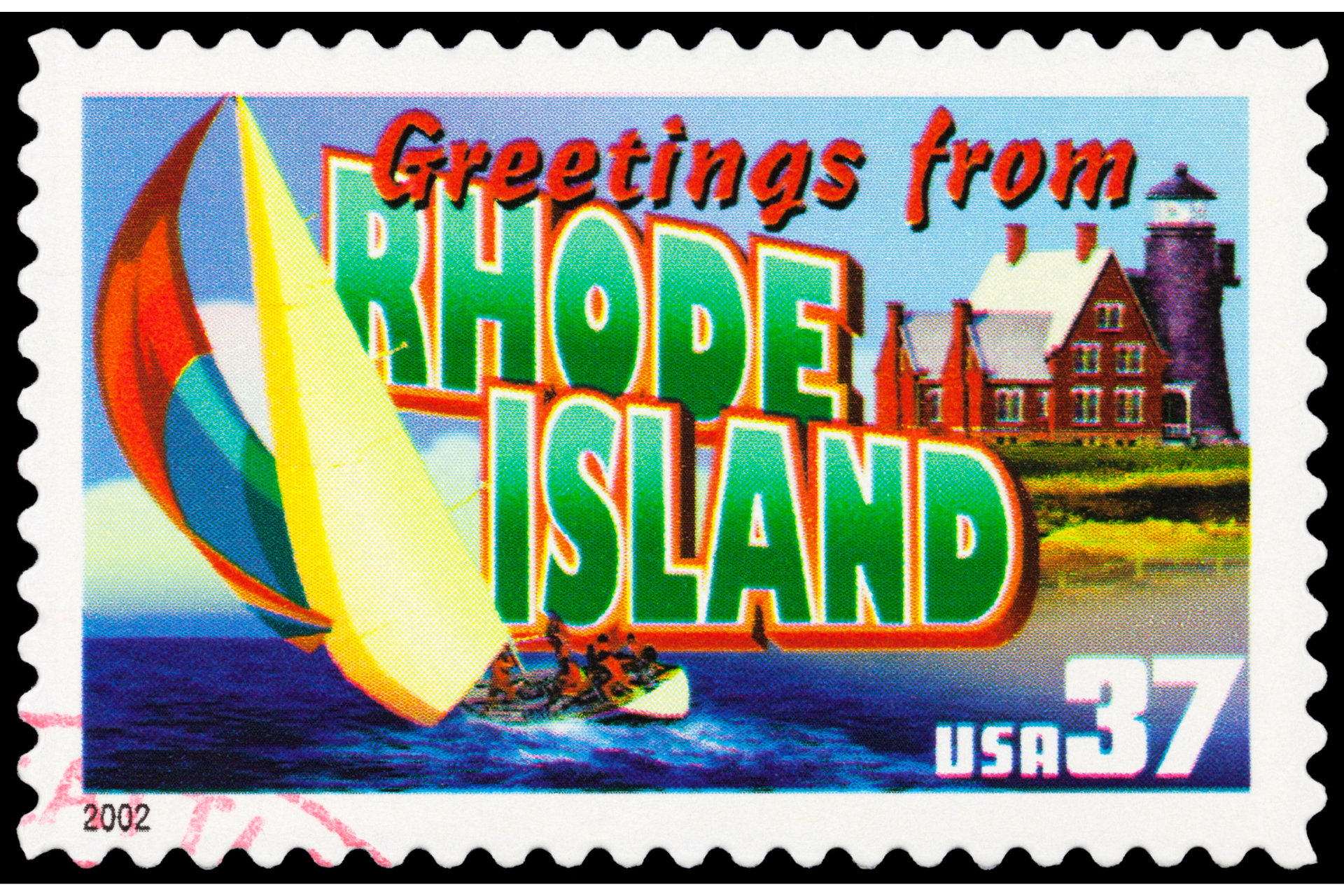At a U.S. Senate Agriculture Committee hearing last week, United States Department of Agriculture (USDA) Secretary Tom Vilsack stated that Puerto Rico’s integration in the U.S. Supplemental Nutrition Assistance Program (SNAP) “is certainly in the foreseeable future.”
SNAP, which provides food benefits to low-income families to supplement their grocery budgets, is a federal program available in the 50 states, D.C., United States Virgin Islands, and Guam. “The expectation and goal is to transition to SNAP,” emphasized the U.S. Secretary of Agriculture. Responding to questions from New York Senator Kirsten Gillibrand (D), Secretary Vilsack explained that there are many details to hammer out but that he is working closely with Puerto Rico Governor Pedro Pierluisi. “The challenge is that Puerto Rico government needs to make sure that they have the administrative foundation to administer the program, so that when people apply, they get benefits quickly.”
He added that “there is an awful lot of work in setting up the technology and staffing of this effort,” but never suggested that the transition to the more generous federal program would not happen eventually.
NAP to SNAP
The Nutrition Assistance Program (NAP) is Puerto Rico’s version of SNAP. Not only is the funding for NAP much less generous than for SNAP, it is also capped, so it does not respond to increased need with increased funds. Instead, Puerto Rico can simply run out of funding during hard times, including when a natural disaster or pandemic causes significantly greater need.
Even at the best of times, NAP funding means that fewer people are covered than would be covered under SNAP, and each household receives less in funds, even though food costs are often higher in Puerto Rico than in the states given its status as an island. The result is that needy Puerto Rico residents receive less support than those living in the states. This unequal treatment is allowed because Puerto Rico is a territory, not a state.
The NAP programs also lacks the technological support and worker training resources accessible to states that are part of SNAP.
Puerto Rico Resident Commissioner Jenniffer Gonzalez-Colon and New York Senator Kirsten Gillibrand (NY) have played a leadership role in Congress by introducing legislation to change the rules for Puerto Rico, transitioning the Island to SNAP instead of the meager NAP. The plan is to make this change part of the Farm Bill, an important piece of legislation that expired in September of 2023 and has been extended for one year. Meanwhile, the bill has been languishing as Congress attempts to pass government funding bills for the current fiscal year.
“In this Farm Bill,” said Gillibrand at the Senate hearing, “my goal is to enhance SNAP benefits in territories and the continental U.S., break down barriers to nutritious food, and keep food on the table for all Americans. Hunger in the United States is simply unacceptable and I’m fighting for common sense legislation to combat food insecurity across the country.”
What’s the hold-up?
In a conversation with Governor Pedro Pierluisi in San Juan last year, Vilsack said that he was in favor of the change. However, he also brought up concerns. “It’s not up to (USDA) to make that decision. It’s up to Congress,” Vilsack told reporters. “There is some work to be done there.”
Some members of Congress oppose any extensions of SNAP, in Puerto Rico as well as in states, on the grounds that nutrition assistance disincentivizes working. That is, they believe that families receiving enough nutritional assistance to feed their household might be willing to relax at home instead of taking a job. This argument has been used against the NAP to SNAP transition.
“The critical flaw in the government’s logic,” writes Evette Ocasio of the DePaul University’s DePaul Journal for Social Justice, “is that the SNAP program has work requirements and employment and training programs seeking to combat labor disincentives, while NAP does not.”
The second concern Visack mentioned to reporters is that “we need to build the capacity within Puerto Rico to be able to administer the program effectively.”
In the hearing, Vilsack made this point again, saying, “My position is that we’re working closely with [Puerto Rico] to make sure that they have their ducks in line because the worst thing that can happen would be for the transition to take place and for them not to be able to administer it properly.” The Secretary seeks to be deliberate in an eventual transition.
Can Puerto Rico administer SNAP appropriately?
Congress asked for a feasibility study to answer the question of whether Puerto Rico would be able to administer the program. The study was published in 2022.
“Puerto Rico has several important strengths that would facilitate successful SNAP implementation,” the report concluded. “Congress could increase the likelihood of implementation success by setting a timeline that ensures thorough planning and preparation, supplying funding to support implementation activities by ADSEF and FNS, and providing a grace period after initial SNAP implementation before Puerto Rico is liable for meeting payment error rate targets and other program metrics.”
Since NAP excludes many people who would be eligible under SNAP, there would be additional costs for administration. SNAP also includes some programs that are not included in NAP, such as the SNAP Employment and Training program (the work requirements), the SNAP Nutritional Education program, and Disaster SNAP. Providing more complete benefits would certainly involve higher costs than leaving people in a state of food insecurity. This is not the same as being unable to administer the program appropriately.
Additional administrative staff might be required — if so, that would create additional jobs in Puerto Rico. IT improvements and training might be required. Retailers might need some infrastructure support. Congress would have to provide sufficient funds to cover the additional costs, but with the needed support, the NAP to SNAP transition is possible and practical according to the 2022 USDA report.


